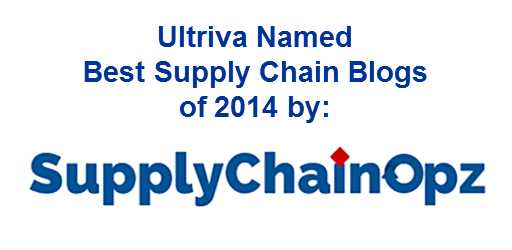Ultriva Director of Business Development Bill Swisher Discusses How He Has Viewed the Re-shoring Trend over the Course of his Career

I have been blessed to have worked for leaders in the manufacturing industry who have been dedicated to helping US manufacturing companies compete in the global marketplace. My introduction to this shared vision was in 1991 working for John Costanza, the "father of flow manufacturing" and founder of JCIT. John helped hundreds of companies transform from being schedule-based and forecast-driven to demand-driven with minimal working capital. Many of those companies were able to compete with their manufacturing based here in the United States, while their competetiors chased cheaper labor overseas.
Later in my career I worked for David Silverstein, founder of the Breakthrough Management Group Inc. and for Anand Sharma, founder of TBM Consulting, both leaders in Business Performance and Excellence. During my tenure with those firms, we helped hundreds of other companies’ use Lean, Six Sigma, innovation and other approaches to business improvement to leverage talent and supply chain capabilities loacted domestically to better serve the consumer market. The common mantra from these leaders was that manufacturing, in most cases, should be located near their consumer markets.
Ultriva CEO shares his thoughts on Re-Shoring
For the past three years I have worked for Narayan Laksham, founder and CEO of Ultriva. Narayan has led Ultriva in the development of solutions to help enable North American corporations such as Emerson, Regal Beloit, Brunswick and others lead their industries. Here is a recent interview where Narayan shares his thoughts on the “re-shoring” phenomenon. In his article Narayan emphasizes how companies are finally recognizing the hidden costs and risks associated with outsourced manufacturing. While technology solutions can address much of the logistical and some of the communication risk associated with long distance supply, technology cannot address the financial impact of extended lead times, larger order quantities, higher transportation costs and piracy.
It has been a fantastic 22 years learning from such visionaries who understand the intricate balance between response, lead-time, talent, logistics and working capital that drives competitive manufacturing. get our whitepaper, the Lean Supply Chain, a whitepaper that highlights how companies are utilizing technology to gain a competitive advantage.




